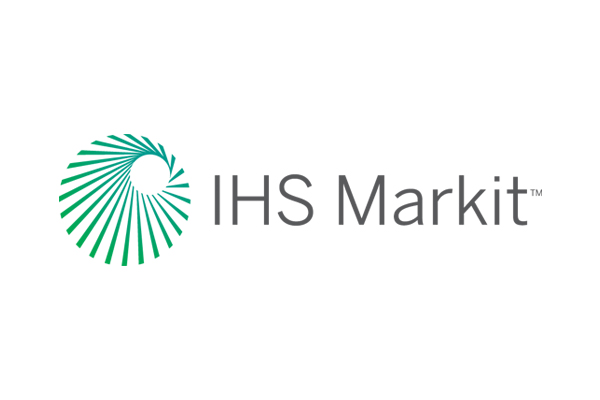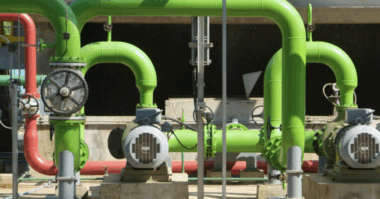There are a wide variety of initiatives, policies and mandates around the world designed to promote energy efficiency. However, energy-efficiency strategies and investment varies by industry, according to a new report from business information provider IHS Markit (Nasdaq: INFO). Regardless of how they differ, the goal of reducing energy use and costs remains the same.
While residential and commercial buildings consume around one-third (30 percent) of global energy, the industrial sector consumes 50 percent. Following are four of the key trends noted in the IHS Markit “Energy Efficiency in Industry” report, which includes industry case studies for smart metering, energy storage, motors, and switchgear:
- Advanced metering infrastructure (AMI) gives consumers greater visibility into their energy consumption, which is shown to result in a reduction in energy demand. More than 100 million communicating electricity meters now ship to consumers and industry each year.
- The installation of energy-storage technology alone does not reduce the total energy demand on the grid, but it allows better flexibility for consumers and tutilities to decide whether to use the energy from their energy storage systems or from the grid itself.
- Motors account for 60 percent of industrial energy consumption – in fact, the single largest area of improvement in energy efficiency that can be made is to upgrade from international efficiency class-one and class-two (IE1 and IE2) motors to IE3 and IE4 motors.
- Redesigning switchgear through size, weight, and power (SWaP) can lead to reductions in energy use and heat loss.
If companies continue to innovate and invest in energy efficiency in just these four areas, industrial energy demand could potentially fall as much as 14 percent, while consumers could reduce their energy costs by 10 percent. “If even half of those potential savings can be realized in the next ten years, it would be a huge offset to the growing global energy demand,” said Susanne Cumberland, senior research analyst, IHS Markit.
Different approaches to reach the same goal
A good example of industry-based differences can be seen clearly, when comparing the industrial automation industry to the energy technology industry. While the focus of industrial automation companies is on efficiency cost savings created through investing in hardware improvements, energy technology companies are increasingly focused on software solutions and energy management, to reduce energy consumption and optimize demand cycles to reduce costs.
Legislation powers energy efficiency
Energy efficiency goals will only increase, as more legislation comes to fruition, and as the business case for improved hardware and software continues to grow. There will be even more focus on legislation in the coming years, as the European Union Energy Strategy, China’s 13th Five-Year Plan and other regional legislative efforts reach major milestones in 2020 and 2030.
“The financial incentives of energy efficiency differ, but the same core legislation packages are forcing action in all industries, which is reflected in their varied investment approaches,” Cumberland said. “The internet of things and other transformational technologies are also helping to expand the transition toward energy efficiency across all industries.”
About IHS Markit (www.ihsmarkit.com)
IHS Markit (Nasdaq: INFO) is a world leader in critical information, analytics and solutions for the major industries and markets that drive economies worldwide. The company delivers next-generation information, analytics and solutions to customers in business, finance and government, improving their operational efficiency and providing deep insights that lead to well-informed, confident decisions. IHS Markit has more than 50,000 business and government customers, including 80 percent of the Fortune Global 500 and the world’s leading financial institutions. Headquartered in London, IHS Markit is committed to sustainable, profitable growth.




